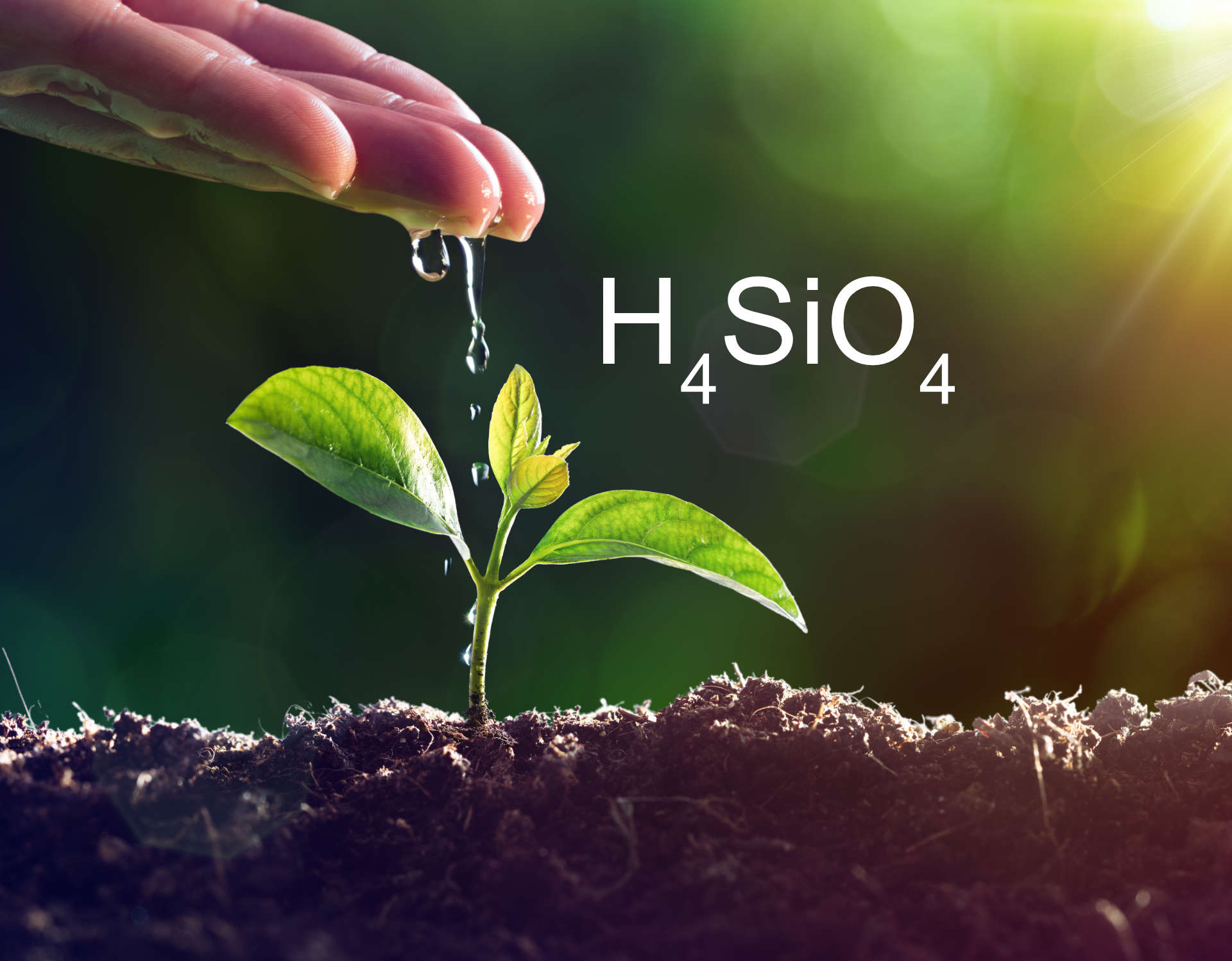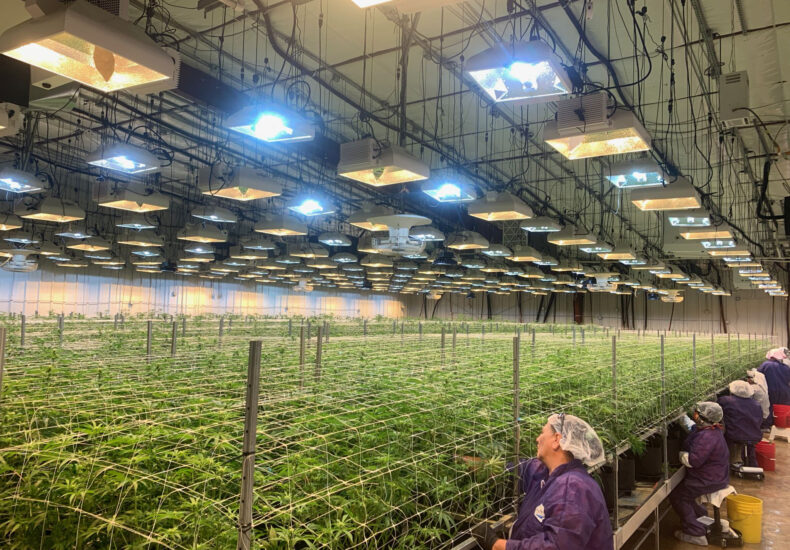
- January 11, 2024
- 0 comments
- 610 Views
Silicon is the second-most abundant element in the Earth’s crust, and it bonds with oxygen to create silicon dioxide, also known as silica, the main component of sand, clay, granite, amethyst, quartz, glass, computer chips, and fiber-optic cables.
Silica is also the form of silicon, when it finally comes to rest in plant tissues such as stalks, stems and leaves, that delivers plant benefits. But first silicon must take a long road, going through many chemical conversions—from silicate to silicic acid to silica—before it gets there.

Given how common silicon is in the universe, it may come as a surprise that plants growing in nature do not always have abundant levels of this beneficial element available to them. This is because the form in which silicon most often appears in nature, silica, cannot be absorbed by plant roots. Plants can take up silicon only in the form of silicic acid— also known as monosilicic acid or orthosilicic acid. Silicic acid is the only water-soluble form of silicon.
That makes the application of silicon in the grow room a bit tricky. Because silicon and silica in and of themselves cannot be absorbed by plants—and silicic acid is unstable, readily converting into insoluble silica—it typically needs to be bottled as a silicate (e.g., potassium silicate, calcium silicate). Silicates are both water-soluble and stable, so they can be mixed in a nutrient solution, where the plants absorb its silicon component in the form of silicic acid. It is silicic acid that travels within the plant to the shoots, leaves and other external organs and gets deposited as silica.
There is a lot of debate online about this terminology. The truth is, no matter what form of silicon a manufacturer lists on the bottle as the active ingredient, only silicic acid can be absorbed by plants, and silicates remain the only cost-effective active ingredient for use in fertilizers.
To make matters worse, different regions have different labeling requirements, with many disallowing “silicic acid” to be mentioned on the label. Instead, they demand that “silicon dioxide” or “silica” or “soluble silicon” or something similar be listed.
Chemistry—and fertilizer labeling requirements—can be confusing.
Learn the details in our white paper: https://emeraldharvest.co/wp-content/uploads/2019/06/WP_Inside_Silicon_Supplements_online.pdf
Contact Emerald Harvest for information about Sturdy Stalk, our potassium silicate supplement, and the rest of our premium product line. Emerald Harvest base nutrients and supplements help growers maximize the genetic potential of crops.
Samantha White
Social Media Coordinator, Emerald Harvest
samantha.white@emeraldharvest.co
 Equipment
Equipment Clogs in your Grow Room
- May 2, 2024
- 0 comments
- 76 Views
 Growing Methods
Growing Methods Style of Growing: SOG and SCROG
- April 24, 2024
- 0 comments
- 102 Views
 Equipment
Equipment Equipment for Indoor Growing
- April 17, 2024
- 0 comments
- 274 Views